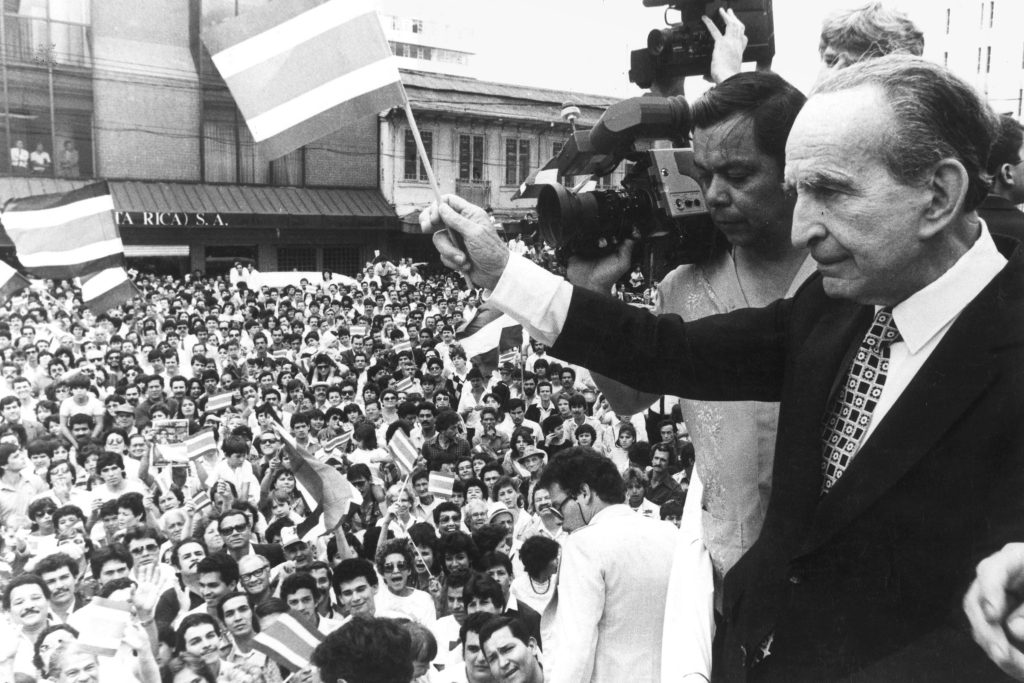Way back when I first arrived to Costa Rica I was astonished to see these Costa Rica street vendors at major traffic intersections selling all kinds of stuff to passengers of waiting cars. I now know that this is common practice throughout Latin America. Intermixed with the vendors are beggars, but that’s another story.
Sitting in your car waiting for the light to change, you can buy cell phone chargers and holders, toys, all kinds of food (for those of you with the munchies), sunglasses, hats, and I could go on and on and on.
I once purchased a cell phone charger at the busy intersection that I passed through every day back when I was living in Santo Domindo de Heredia, a suburb of San Jose. I didn’t have the money at that moment, so the vendor, who had grown accustomed to seeing me pass by day after day, just let me take it with no payment, telling me “don’t worry, pay me next time.”
What service!
Then there are the guys that will take leaves from a certain green plant (not sure which) and before your very eyes make a “grasshopperish” looking insect for a small donation. These guys are quite talented and are able to fashion a life-like replica before the light turns green. Sometimes they don’t quite make it and you’re left wondering if you should just drive away, or ignore all the honking behind you while he finishes?
These days there are also all kids of performance artists, juggling or gyrating their way to a day’s worth of coins.
I often wonder how much these vendors rack up in a given day? It is actually pretty hard (and demeaning) work if you think about it. Standing there for hours on end with the heat of the tropical sun beating down on you.
The vendors of merchandise basically turn themselves into walking Walmart with all their inventory displayed in ingenious manners all over their bodies.
It’s entrepreneurship in its rawest form…Sam Walton move over!
I guess if Package Costa Rica ever goes south, there is a place for me at a traffic light somewhere in the city as a Costa Rica street vendor. Hopefully, the locals wouldn’t mind for a gringo to move onto their turf (although I think I would be a first).
